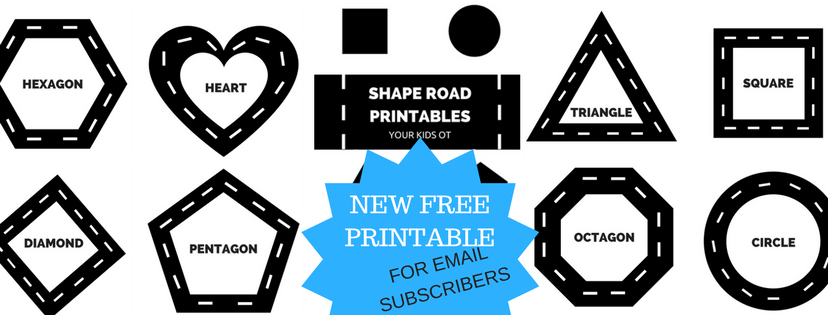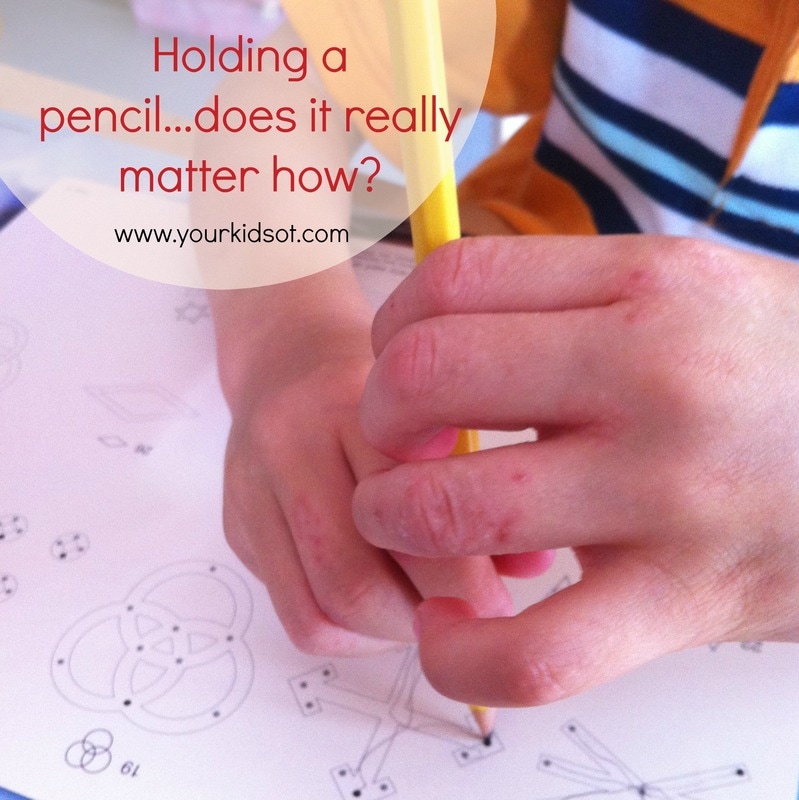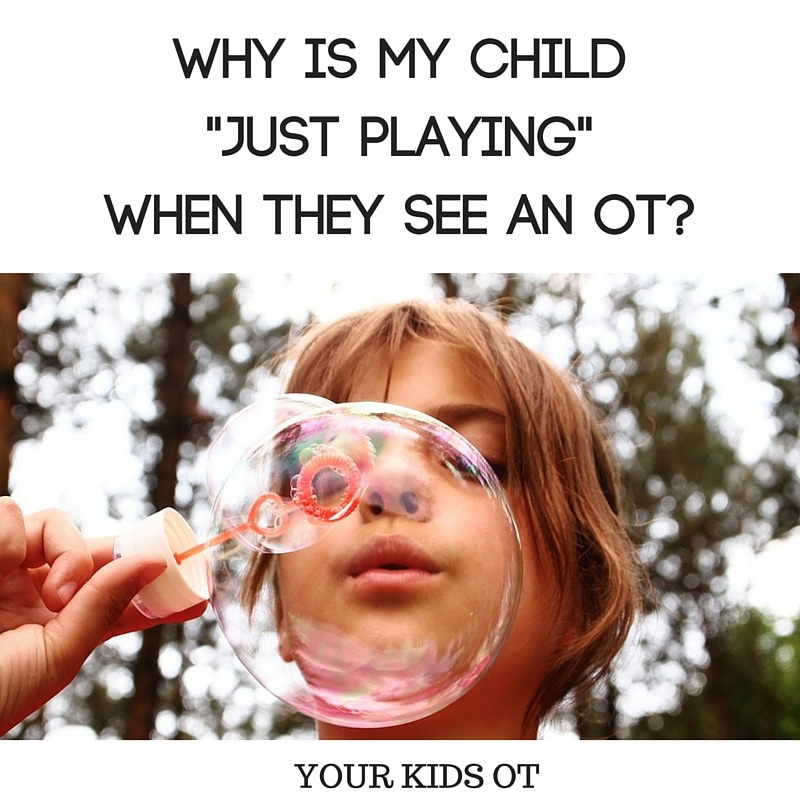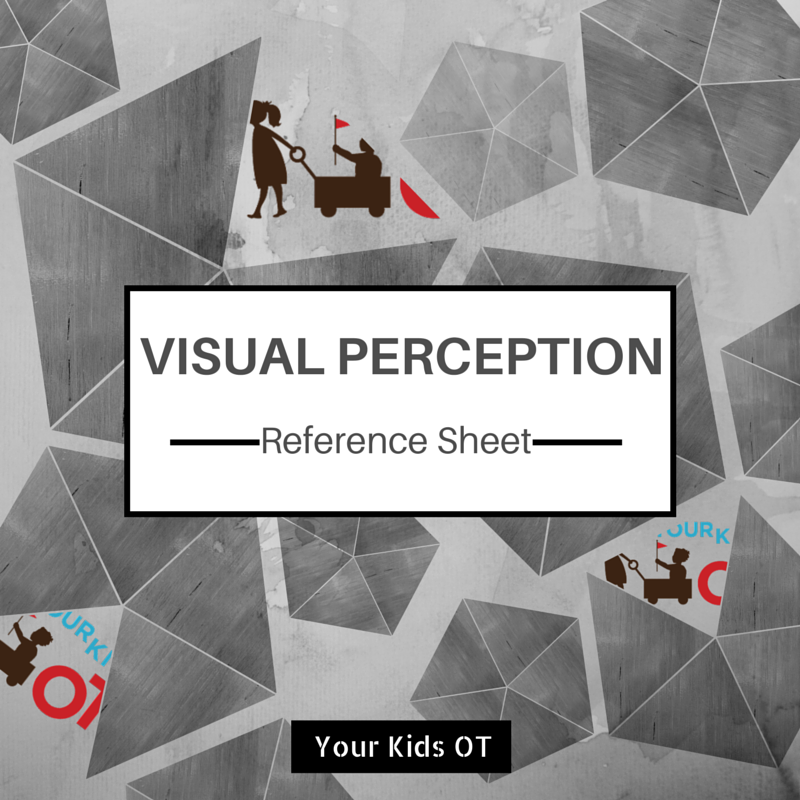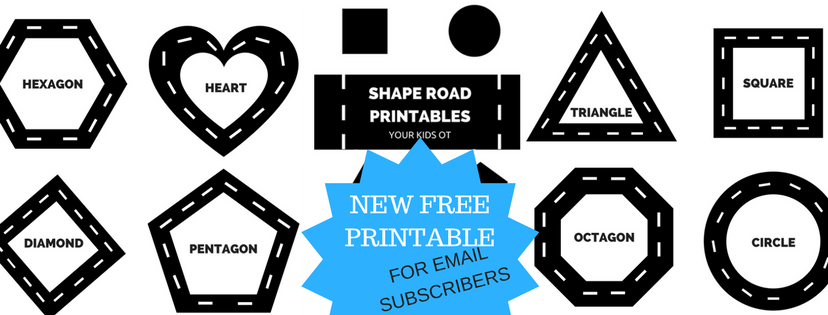|
"5 year old Cody writes so lightly that we can't read his work! He doesn't seem to know how hard to push on the pencil and is just not interested in writing or drawing!"
Cody's mum is confused because he loves playing with Lego and didn't seem to have a problem with his fine motor skills. She is worried that he is just not going to cope with "big school" and all the writing that needs to happen there. Too little pencil pressure! Why do some children press "too lightly" when writing? 1. Sensory Processing or Modulation Difficulties. Everyday, we receive information from our senses through our eyes, nose, mouth, ears, skin and joints. We use this information to interact with the people and the environment around us. Each of us process this sensory information in different ways and our brains need to organise this information so that we can function in everyday situations such as in the classroom, at home or the playground. Proprioception is our "sense" which informs us of about our own body, how our body parts relate to one another, how much our muscles stretch, the speed of our movement in space, our timing as well as the amount of force our muscles produce.* Poor body awareness and proprioception may result in difficulties manipulating objects such as pencils for writing. Children may have a weak grasp and have difficulties grading the amount of force to apply (ie. too much or too little pressure to the pencil). An over responsive child may avoid the "feel" or touch of objects. They may avoid or lightly "hold" pencils or other writing tools. This makes it difficult to apply adequate pressure to the page when writing or drawing. A child with poor registration may have difficulty "registering" how the pencil feels in their hand. They don't know how to control the pencil and it is not an extension of movements made by the hand. 2. Weak Hand and Finger Strength Children with weak hand and finger muscles may have difficulty grasping a pencil effectively or for a sustained period of time. They may have difficulty applying enough pressure, write quickly enough, write for a long enough duration or write enough on the page. These children may swap hands regularly or just drop the pencil for "no reason". Read more about hand and finger strength in a recent article.
Tried and Tested OT tricks when a child presses "too lightly" when writing!
OT intervention for pencil pressure provides a child with ways to be aware of their pencil pressure, practise techniques to increase their force when it is too light and provides ways to compensate when they struggle to grade their movements. 1. PREPARE THE BODY FOR WRITING Before running a race, we need to prepare our body by training our muscles. We need to stretch, practise aspects of the race, be aware of the environmental conditions and know what is involved with running the race. In handwriting, we need to also prepare the body and understand what is required. Activities which provide "heavy work" or proprioceptive input to skin, muscles and joints can prepare the body for writing. This may include hanging from monkey bars, jumping on the trampoline, wiping a whiteboard clean or lifting school chairs onto the table. Find more"heavy work" ideasHERE. There are also ways to increase the "heavy work" and proprioceptive input to fingers and hands prior to writing. This may include squeezing some play dough, using tongs or tweezers to transfer items or doing a variety of finger exercises. Find my ideas for "heavy work for little fingers" HERE and if you didn't link over to my recent article about building hand strength, then you can find that HERE for more ideas for preparing hands for writing . 2. HELP CHILDREN TO BE AWARE OF THEIR PENCIL PRESSURE a) Change the Writing Tool
3. HELP CHILDREN TO INCREASE THE PRESSURE APPLIED TO THE PAGE a) Change the Writing Tool
4. HELP CHILDREN TO COMPENSATE FOR NOT APPLYING ENOUGH PENCIL PRESSURE. a) Change the Writing Tool
Are you concerned about your child applying too MUCH pressure on the page? Is your child breaking pencils or pushing so hard they make holes in the page? Read "Why Your Child Presses Too Hard When Writing" from Miss Jaime OT!
What are your tried and tested tricks for helping children who have difficulty with pencil pressure? How would you advise "Cody's mum"?
* Kranowitz, C. S. (2011). The out-of-sync child: recognizing and coping with sensory processing disorder. Place of publication not identified: Paw Prints.
You may also like:
Scissor Skills, what is the point? Why bother?
Have you been receiving my emails about THE SCISSOR SKILLS BOOK and being wondering, why even teach kids to cut? Some children love creating and experimenting. They love picking up scissors and cut anything they can get their hands on. They love craft and collages. And yet... There are some children who may have scissors presented to them at home, in their child care setting or at school... and yet never choose to pick those scissors up and try them! Just an aside... did you ever sit in algebra class in school and wonder "what is the point of this?" or may be for you it was studying Shakespeare or reading Jane Austen (although our friendship will be tested if you say this is you), for others it is sport... What is the point? Why bother? I'm all about practical! What is the point of using scissors? Why both teaching scissor skills? It is so beneficial when teaching a skill, to show the practical ways that these skills may be used. How can this skill be applied to everyday life? What is the point? What is the purpose? Why? 10 Practical Ways to Teach Scissor Skills to Kids! 1. By example! For children, it is important for them to see YOU using scissors! They may watch you cutting up a BBQ chicken, cutting up material for sewing, cutting a string to tie a package, cutting/pruning the garden, cutting a pizza into slices, cutting nails with nail scissors, cutting flowers to put into a vase... and the list goes on.
Now over to the kids to try their hand at using scissors for themselves in every day activities.
2. Use scissors to open packaging. Open packaging for cookies, crisps, candy, new pyjamas, envelopes or a new game. 3. Use scissors to gift wrap. Involve your child in gift wrapping for all those birthday parties they are invited to. Involve them in choosing the wrap, ribbon, tissue paper or cellophane. Have them manipulate the scissors to cut the paper. Draw a line for them to cut and fold the paper at the same point. Early scissor users can do the "snip" required to cut ribbon/string. 4. Use scissors to cut off price tags or clothing tags from new purchases. An easy "snip" to cut off these tags. They will be motivated especially if the new item is for them, however it is also great when the new item is a gift which is then wrapped for a friend or family member. 5. Use scissors to cut larger paper so you can make note paper. You could turn this into a game of "postman" by making simple cardboard "post boxes" for members of the family. Have your child cut large paper into pieces depending on their ability. You could start with a snip off a long strip or fold the paper to create "shapes" such a large triangle. Alternatively the note paper could be used to write down a shopping list or things to do list for your child. 6. Use scissors to cut wax or grease proof paper from a roll to wrap a sandwich. Have your child help to cut kitchen paper and them wrap their sandwich or roll. 7. Use scissors to cut sticky or masking tape. Leave the dispenser aside and have your child make the "snip" to cut sticky tape or masking tape. 8. Use scissors to cut out a clipping from a magazine or newspaper so it can be kept. You could find things of interest to your child (eg. they might love dogs) or you might pick a theme like colours, shapes, textures to find and cut out. Depending on your child's ability, you may want to draw a shape around the image for cutting. You could also cut out interesting "letters" from the newspaper to spell out words or names! 9. Use scissors to cut up old receipts (or paper grocery bags). Put the "shredder" aside and have your kids help to "cut up" old receipts or documents! There is no "right" or "wrong" with this sort of "cutting"! Place all the "cuttings" in the recycling bin or use the cuttings to make a sensory bin (slowly adding it each time there is "cutting practise") where you can hide objects to find. 10. Use scissors to cut out "coupons". Some households cut out and collect "coupons" more than others. Even if you are not one who would normally cut out coupons, this is an excellent way to encourage scissors skills in a practical way. Coupons are usually rectangular or square in shape (not always) so they are the perfect shapes to work on manipulation of the page (turning). Using scissors is a complex skill that we take for granted as adults. Would your child be more "engaged" with learning how to use scissors when shown how they are used in a practical context?
Next week, we look at how to help children who have difficulty with their "pencil pressure" when they are writing!
I hope you join me again!
Disclosure: Affiliate links are included in this article to promote products that I recommend. This means that if you follow through with a purchase from these links, Your Kids OT will receive a percentage of the sale. Reviews and endorsements of products will only be made based on my expertise and personal opinion; and deemed worthy of such endorsement. The opinions shared in sponsored content will always be my own and not that of the advertising company or brand.
You may also like: |
AuthorHi, I'm Cindy and I am an Occupational Therapist. I enjoy working creatively with children to see them reach their potential. Read more about me here. SEARCH THIS SITE
Archives
June 2024
Categories
All
Popular Posts |
Join the YKOT e-newsletter!
Subscribe to get our latest content by email and receive
the SHAPE ROADS PRINTABLE NOW!

Success! Now check your email to confirm your subscription and receive your free printable!
Join our Mailing List!
Subscribe to get our latest content by email and receive
the SHAPE ROADS PRINTABLE NOW as a thankyou!

Success! Now check your email to confirm your subscription and receive your free printable!
Disclaimer: The information on this site is general in nature and should be used for educational and entertainment purposes. The activities are safe for most children, however, you should consult an Occupational Therapist or health professional to address specific movement, sensory or other medical conditions. This blog does not replace formal therapeutic professional advice given by a health professional or medical practitioner. Reviews and endorsements of products will only be made based on my expertise and personal opinion; and deemed worthy of such endorsement. The opinions shared in sponsored content will always be my own and not that of the advertising company or brand. Content, advertising space or posts will be clearly identified if paid, affiliated or sponsored. Affiliate links may be found throughout this website in advertising. This means that if you follow through with a purchase from these links, Your Kids OT will receive a percentage of the sale. Your Kids OT undertakes to meet the requirements of the "Social Media Policy" as published by Australian Health Practitioner Regulation Agency (AHPRA). Further information about this policy can be found here.
Find meFollow me |
About me
AuthorHi, I'm Cindy and I am an Occupational Therapist. I enjoy working creatively with children to see them reach their potential. Read more about me here. |
Copyright © 2017 Your Kid OT

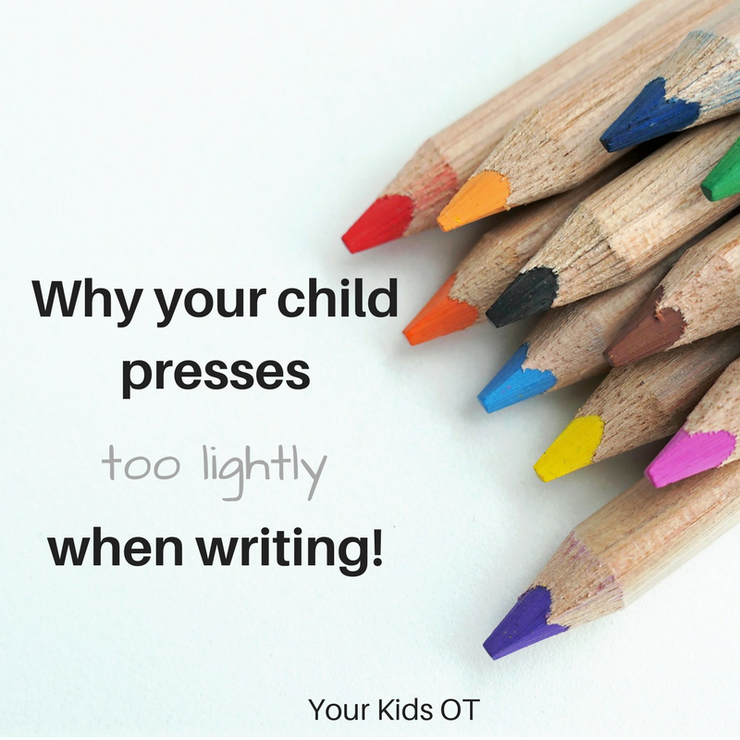
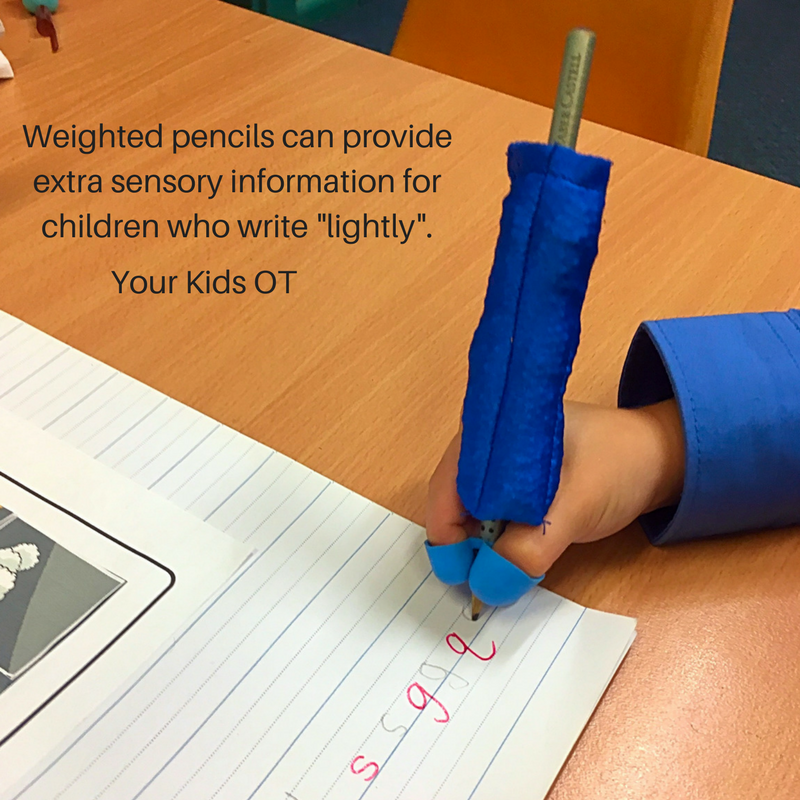
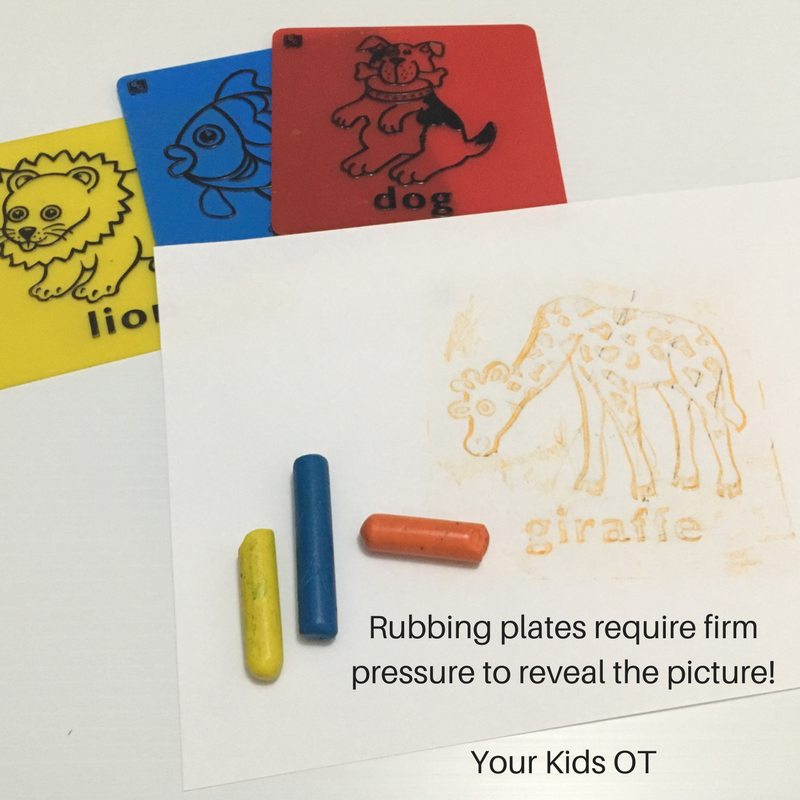

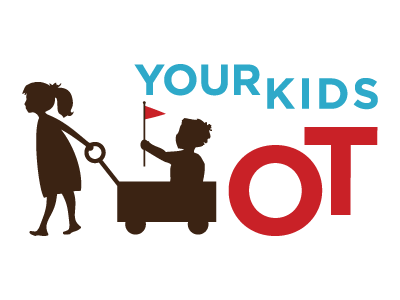
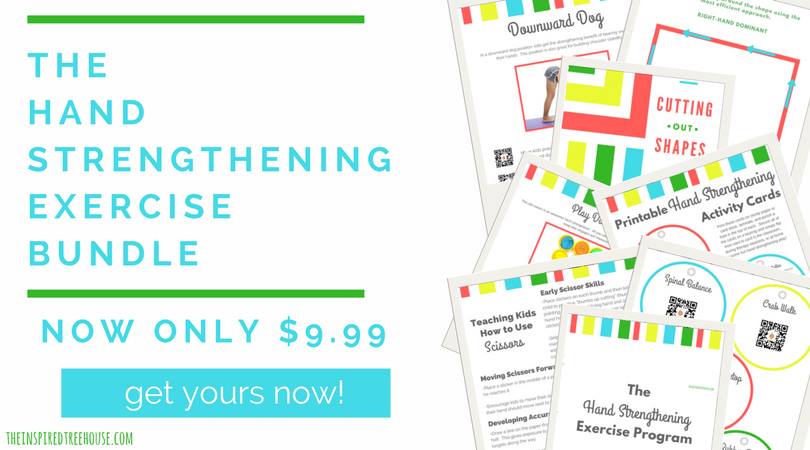
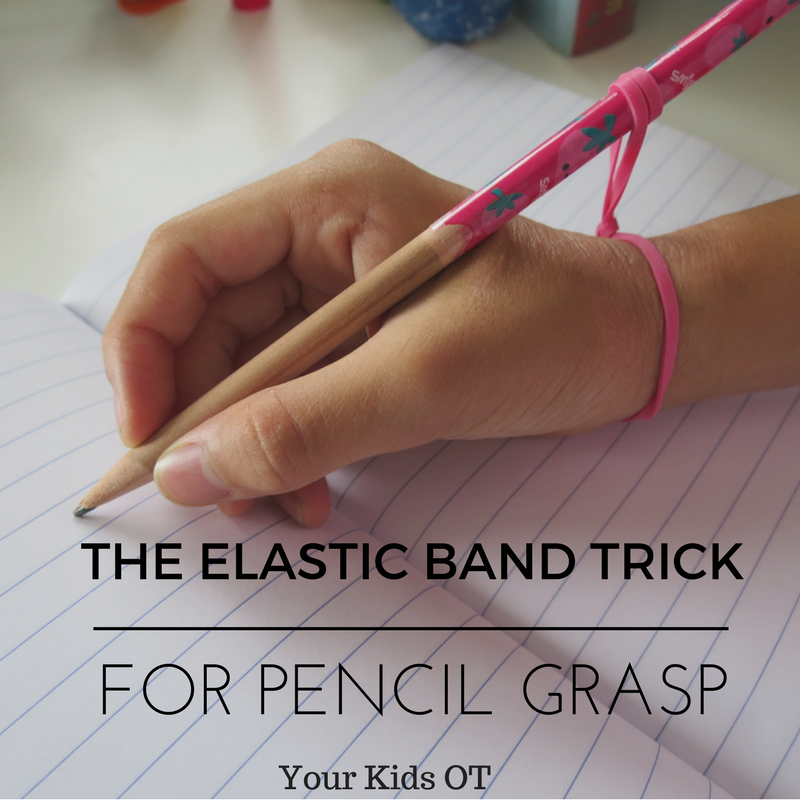
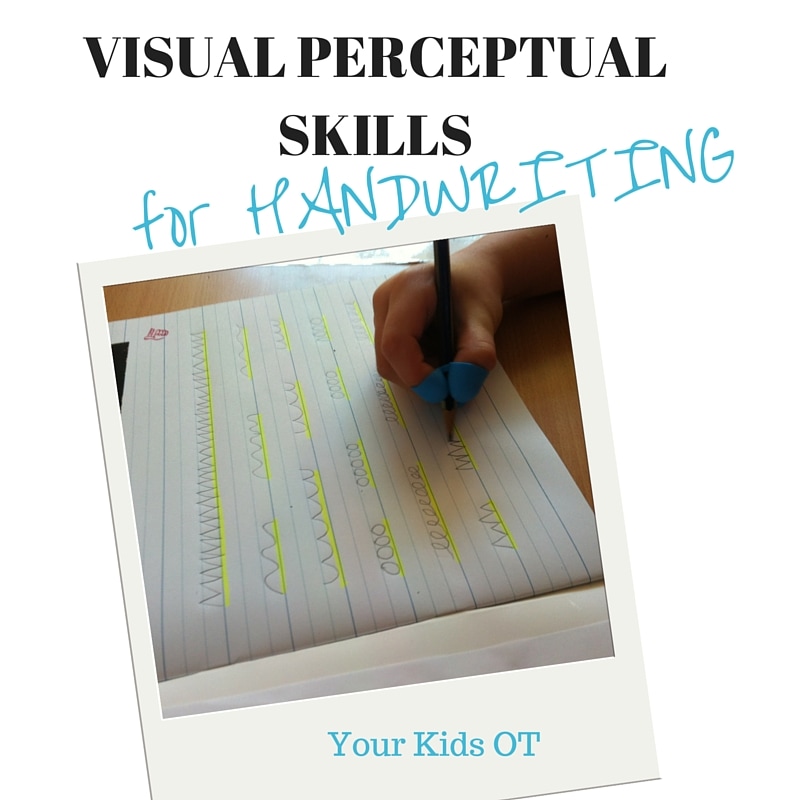
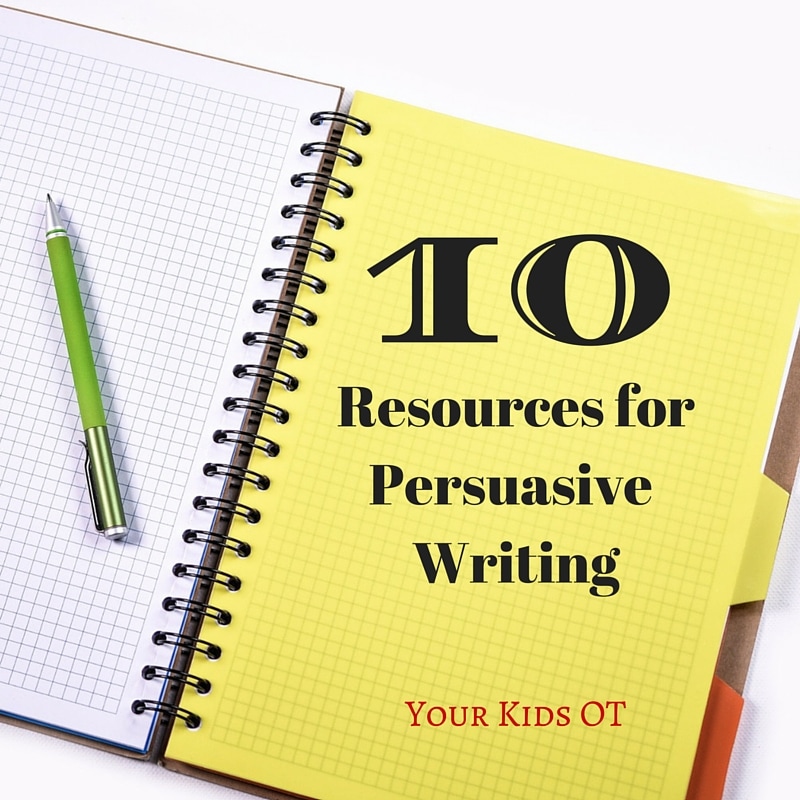
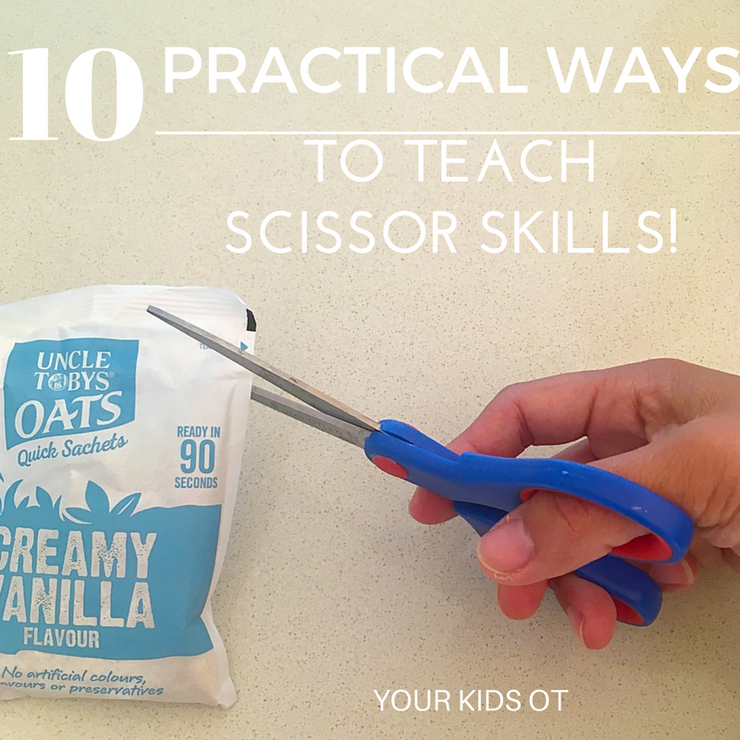
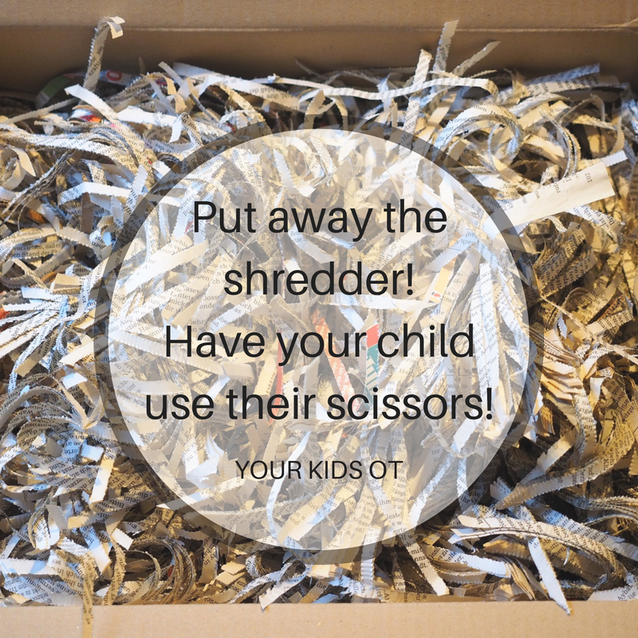


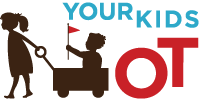

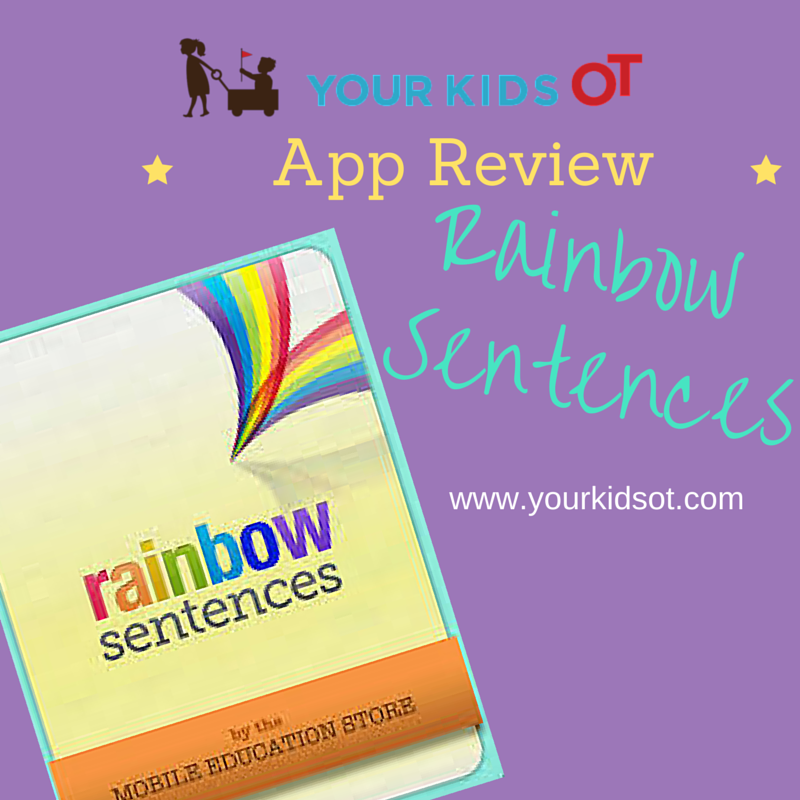
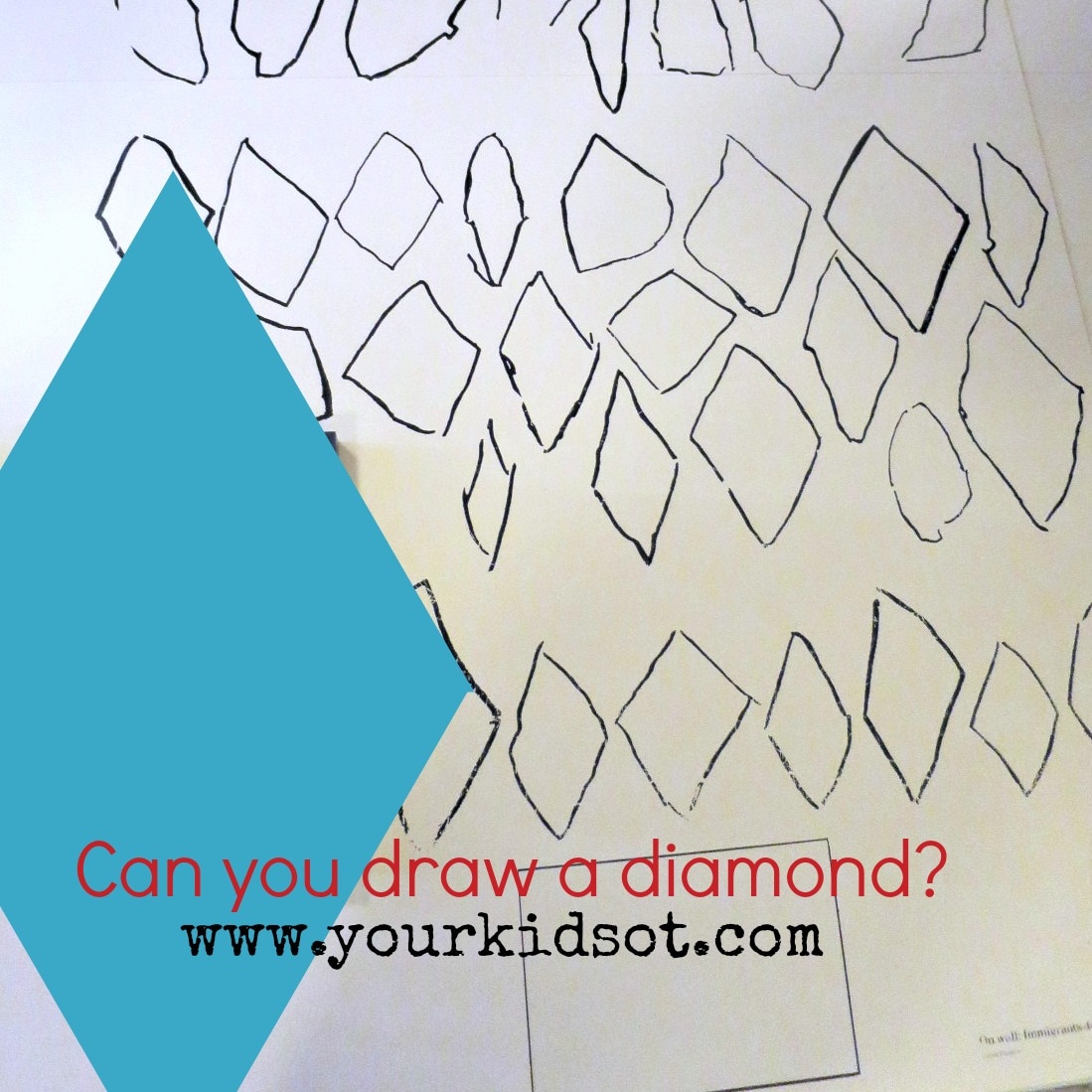
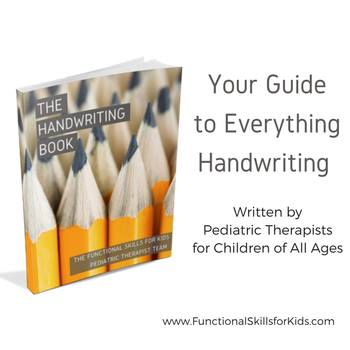

 RSS Feed
RSS Feed
